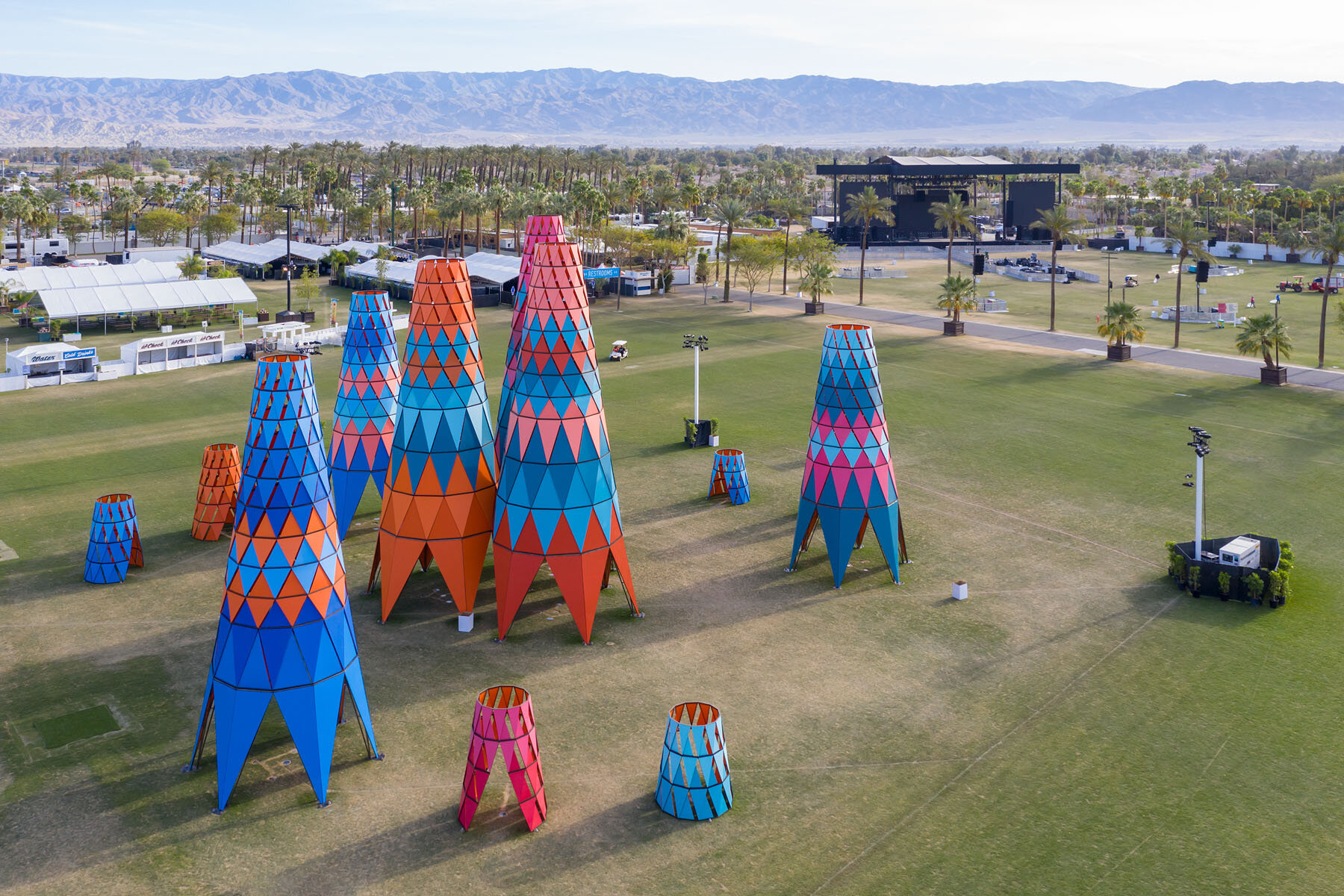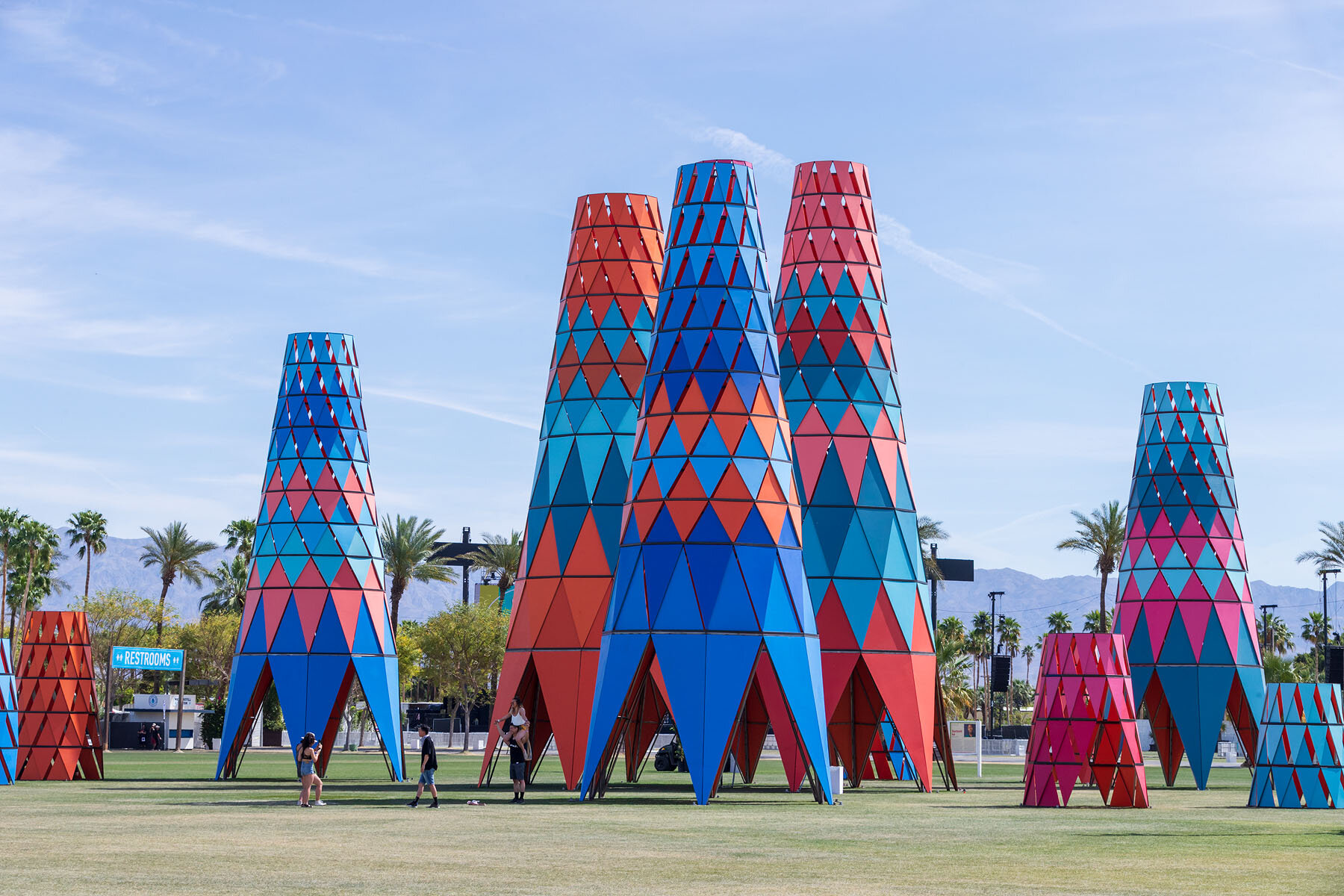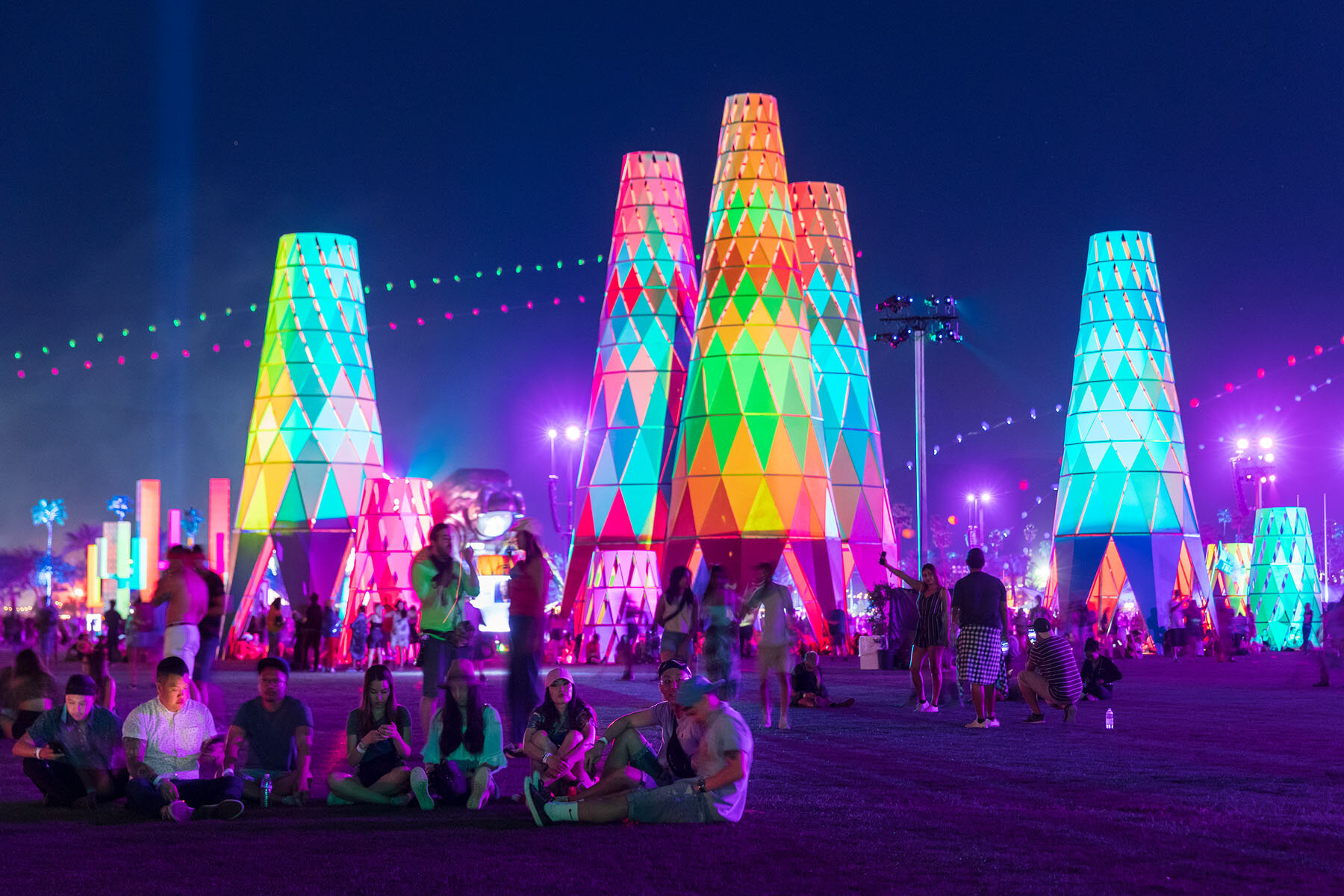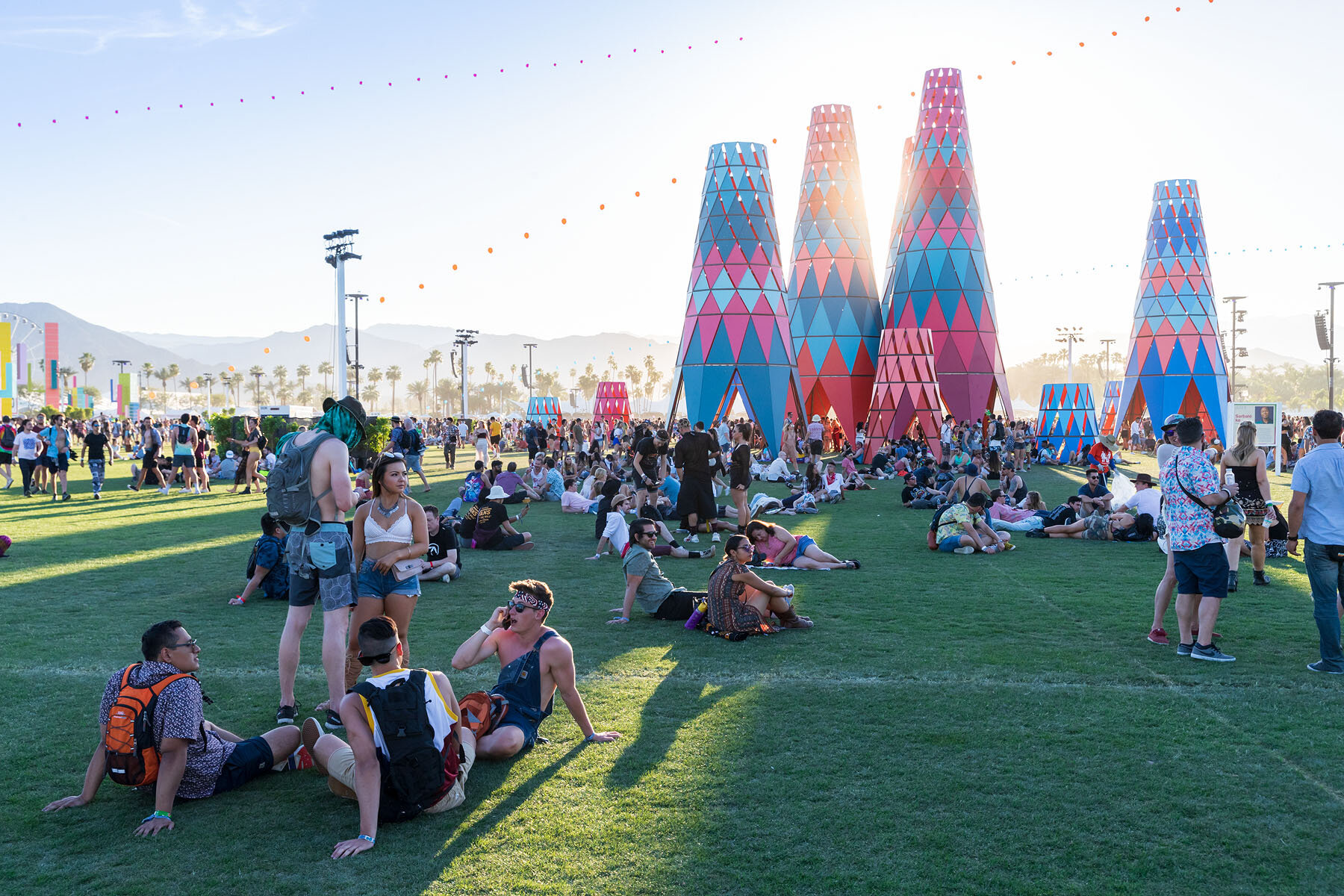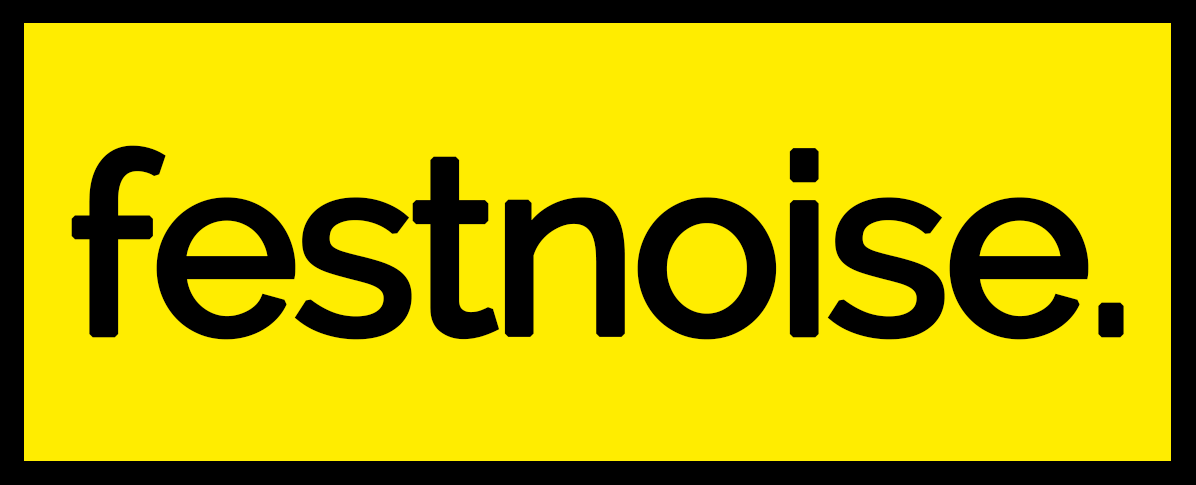Unique architecture at Music Festivals (part I)
Music festivals are probably the perfect scenario to play with and try new architecture. Concepts like design, innovation, context, recyclability or sustainability are here more important than ever and allow us to create unique architecture. Ephemeral architecture that by its definition assumes from the beginning a finite life, and in the self acceptance of its brief existence lives its attractiveness and strength.
Furthermore, music festivals have become an unparalleled sociological phenomenon, they are a melting pot of cultures and creativity where architecture is closely connected to the people, and plays a key role in drawing festival's identity and reaffirming their values, which are (and should always be) much more than music. Below these lines are some great five examples of it.
“Skum Pavilion” designed by BIG - Bjarke Ingels for Roskilde festival in Roskilde (Denmark)
Skum pavilion is Bjarke Ingels response to the challenge of creating a permanent structure that is also fully transportable. The pavilion debuted at Roskilde festival as the Tuborg VIP bar. Inspired from the inflatable castles of childhood, skum (foam in English) was a bubble-like cloud pavilion filled with air powered by two wind turbines. Fully inflated in seven minutes, the idea behind its construction was to plug in and play.




“Lift” designed by Dennis Parren for Lowlands festival in Biddinghuizen (Netherlands)
When Eric van Eerdenburg (Lowlands festival Director) approached Dennis Parren with the idea of creating a unique light sculpture for the festival, the Dutch designer created “Lift”, a continuously changing, mystical, 18m high light sculpture inspired by the festival’s theme “Kiss Another Sky”. A unique sculpture that would stand out in this energetic surrounding, a tower of light to function as a central meeting point, a point of orientation, that can be seen from everywhere.




“Structures of Freedom” designed by Valerio De Santis & Andrea Capiello for Sziget festival in Budapest (Hungary)
This pavilion won the international competition for the 25th edition of the Sziget festival organized by archtalent and the project designed by these two Italians based in London aimed to concentrate the spirit of the festival into a single object. The design presented itself in the pure form of a platonic solid acting as an iconic landmark and lantern for the festival.




“Loud Shadows | Liquid Events” designed by Plastique Fantastique for Oerol festival in Terschelling (Netherlands)
This pavilion was a collage made by artists coming from dance, music and architecture backgrounds assembled as an experiment by Kees Lesuis (artistic director of the OEROL festival). The temporary space was monumental, yet mobile, soft and transparent and its ephemeral skin influenced the surroundings as much as its inner space offered a lucid view outwards. A magical place to merge dance, music and nature itself that challenged the perception of the festival goers.




“Sarbalé Ke” designed by Kéré Architecture for Coachella festival in Indio (USA)
Sarbalé Ke means “the House of Celebration” in Moore, a language spoken in parts of Burkina Faso, country of origin of Diébédo Francis Kéré (based now in Berlin). But Sarbalé Ke was also a vibrant installation created for Coachella inspired by the Burkinabè baobab tree that explored its inner world. As the tree grows, its inside hollows and skylights develop throughout the central trunk. It is deeply valued as a community landmark and revered for its medicinal and nutritional uses. Continuing Kéré’s exploration of the theme Village, the installation featured 12 baobab towers, reflecting on the material, texture and spatial layout of the architecture in his birthplace in Burkina Faso.
